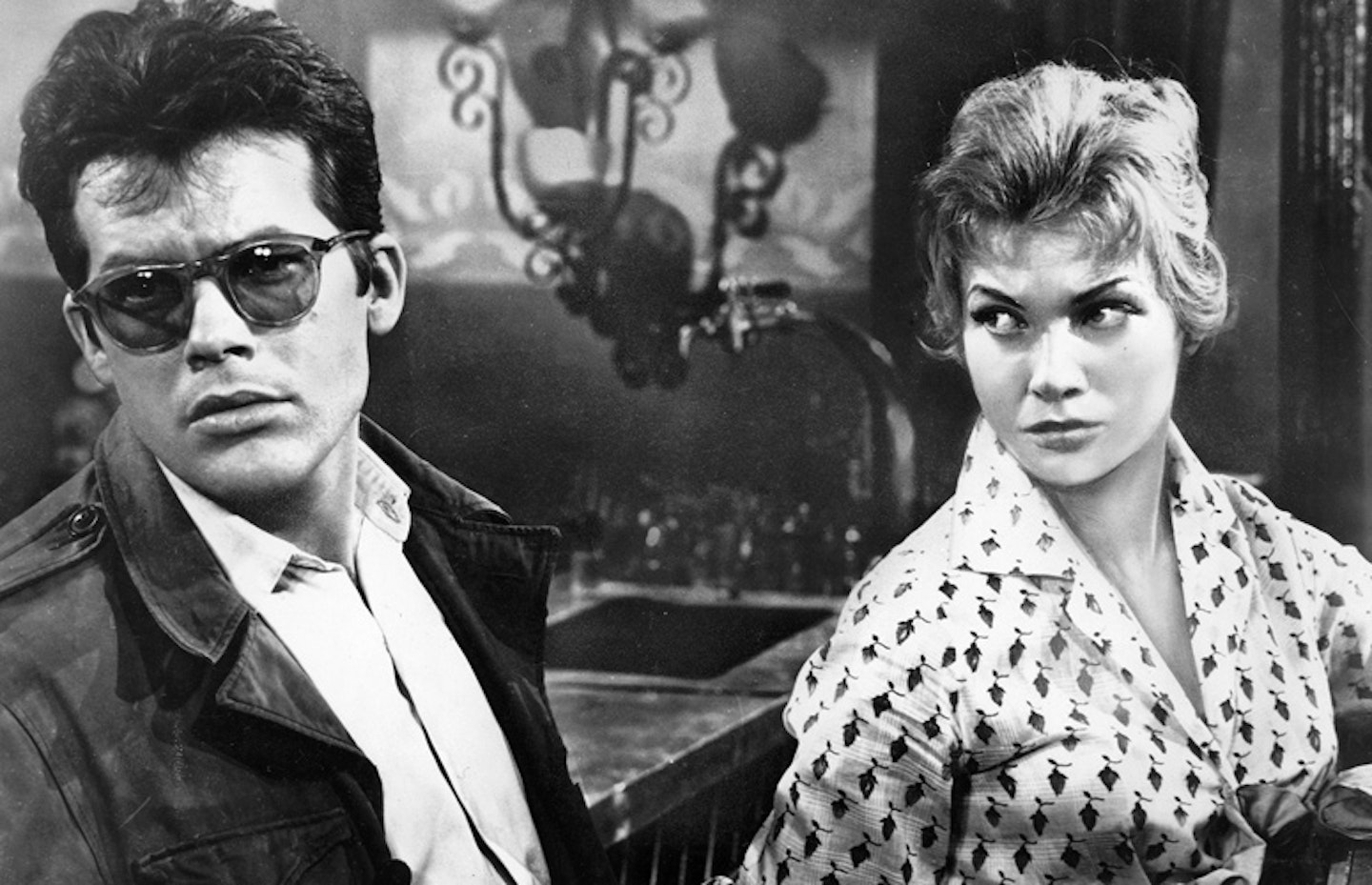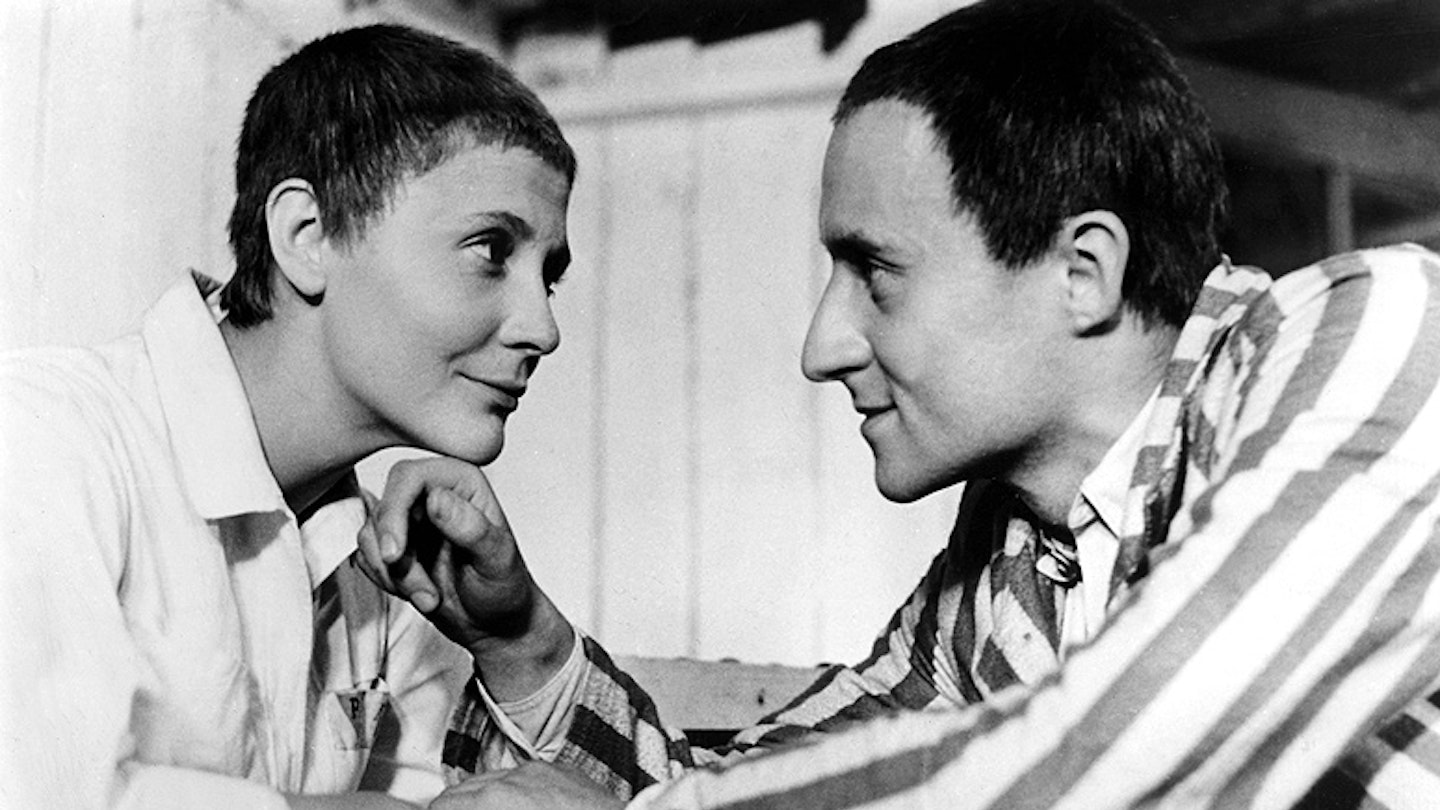Key filmmakers: Andrzej Wajda, Roman Polanski, Jerzy Skolimowski, Wojciech Has, Andrzej Munk
Key dates: 1955-1963
What is it? Some movie movements are unofficial, loose and at best the product of a few filmmakers who might not even be Facebook friends. Not so the Polish School. This was a tight-knit group of film grads who emerged from the famous Lodz Film School in the late '50s. They’d gathered in the school’s rectorate building to watch American and European films that had been allowed into the country after Khrushchev’s post-Stalin thaw, and those influences are visible in works that addressed the scars of war and repression with stylish elan, like jazz musicians playing a requiem mass.
They worked together as graduates too. Jerzy Skolimowski and Roman Polanski collaborated on Knife In The Water, Skolimowski and Andrzej Wajda on Innocent Sorcerers, and they had each had been bereaved by the war: Wadja’s father had been killed by the Russians, Skolimowski’s by the Germans, while Roman Polanski’s mother was murdered in Auschwitz. Their films, while differing in focus (Polanski’s interest was psychology, Wajda’s identity), shared a flair that would make the movement’s name outside Poland. Tragedy struck in 1961 when Andrzej Munk was killed driving back from Auschwitz where he was filming Passenger.

What to watch: A Generation (1954), Kanal (1956), Ashes And Diamonds (1958) (pictured above), Farewells (1958), Innocent Sorcerers (1960), Knife In The Water (1962), Passenger (1963) (pictured top)
What did it influence? The so-called Polish ‘cinema of moral anxiety’ – a fun-loving bunch – emerged from Lodz with names like Krzysztof Kieslowski, Krzysztof Zanussi and Agnieszka Holland to the fore. Polanski, of course, conquered Hollywood in the '70s.
Trivia: Polish sunglasses’ sales soared on the back of Zbigniew Cybulski’s look in Ashes And Diamonds.
What to say: “Kanal is the Empire Strikes Back of Andrzej Wajda’s war trilogy.”
What not to say: “Let’s go sailing with a hitchhiker!”
